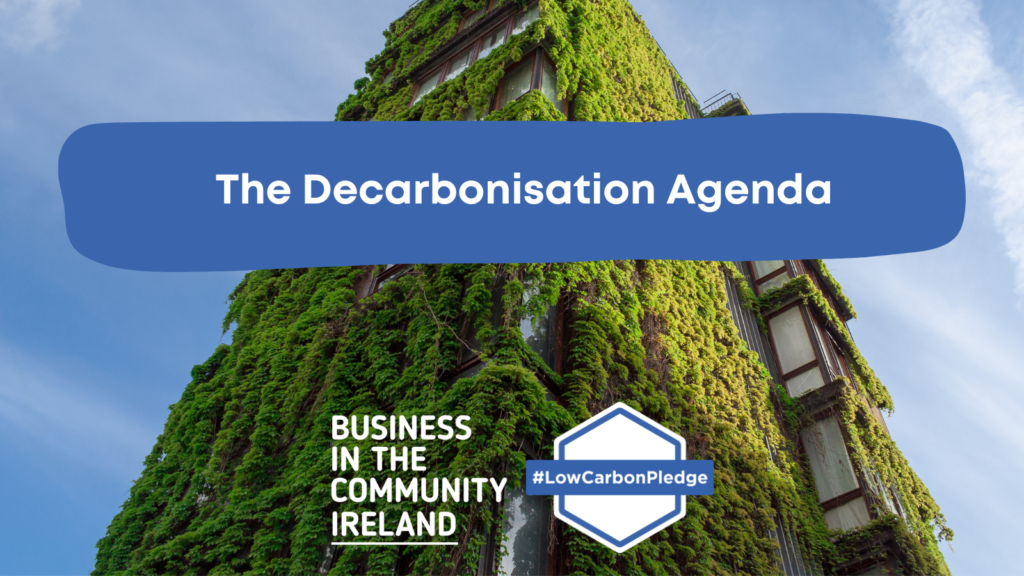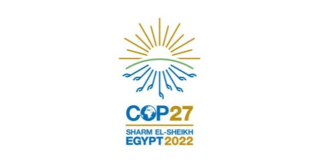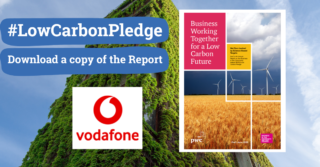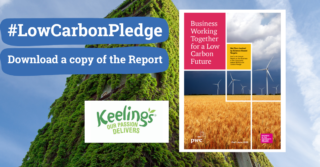The Decarbonisation Agenda
This year, BITCI has partnered with PwC for the 4th edition of the Low Carbon Pledge report, outlining the progress made by the signatory companies towards setting and adhering to science-based targets (SBTs). The report and case studies highlighted some key actions and exemplar business practices that are helping companies to drive their emission-reduction efforts and to progress on a pathway towards genuinely sustainable business. The 12-month period since the publication of last year’s Low Carbon Pledge Report has seen a continued evolution and advancement of the decarbonisation policy pipeline. Whilst policy objectives and commitments are creating pathways to realise short and long-term climate goals, significant challenges remain regarding the pace and trend of Ireland’s emissions decoupling.
Evolving European Climate Policy Agenda
The urgency of the climate challenge is evident from the speed with which the EU has quickly ratcheted up its decarbonisation agenda. Less than 2 years after the launch of the Green Deal and following political agreement in December 2020 by the EU Council, the European Commission in summer 2021 proposed the ‘Fit for 55’ package of legislative measures, aimed at setting the EU on the path to a greenhouse reduction of 55% by 2030 and, ultimately, climate neutrality by 2050. Without ‘Fit for 55’, under current EU climate legislation, the European Commission has indicated
that the EU will only achieve a 60% emissions reduction by 2050.
The Fit for 55 package includes numerous proposals to revise and update the EU legislation as well as to introduce new initiatives ensuring that EU policies are in line with agreed climate targets.
The Commission identifies the Fit for 55 policy mix as a careful balance between pricing, targets, standards, and support measures:
The European Climate Law also entered into force summer 2021, converting the EU Green Deal’s 2050 net-zero political commitment into a legal binding commitment. The Climate Law also establishes the steps necessary to achieve the 2050 objective with the Commission set to develop a 2030 – 2050 EUwide emissions reduction trajectory to deliver the 2050 net zero emissions objective. By September 2023, and every five years thereafter, the Commission will assess EU and Member State climate policy measures for their compatibility with both the zero emissions objective and 2030 – 2050 trajectory. Where the Commission finds Member State measures are inconsistent with the climate neutrality objective it may issue recommendations, fines and sanctions to that Member State.
Ireland’s Decarbonisation Commitments
The Climate Action Plan 2021 (CAP 2021), the Government’s second action plan since the inaugural plan of 2019, provides a framework for delivering the Government’s target of a 51% reduction (relative to 2018) in greenhouse gas (GHG) emissions by 2030.
CAP21 follows the Climate Action and Low Carbon Development (Amendment) Act 2021 (‘the Climate Act’), which commits Ireland to a legally binding target of net-zero greenhouse gas emissions no later than 2050, and a reduction of 51% by 2030.
The Climate Act provides a governance framework for annual revisions of the Climate Action Plan and the development of a National Long Term Climate Action Strategy at least once every ten years.
The Government is also committed to reducing emissions by an average 7% per annum by 2030. The Climate Act legally requires the Government to approve a system of successive five-year carbon budgets submitted by the Minister for the Environment, Climate and Communications to achieve the national climate objective.
Sectoral Challenges
While CAP21 does not define individual sectoral targets, it details indicative emissions reductions ranges for each sector of the economy. Some of the ranges are wide – electricity must reduce emissions somewhere between 62% and 81%, a difference of 19%. Others have a narrower range – agriculture must reduce emissions somewhere between 22% and 30% – only an 8% difference.
Emissions reductions by 2030:
• Electricity: 62-81%
• Transport: 42-50%
• Buildings: 44-56%
• Industry/Enterprise: 29-41%
• Agriculture: 22-30%
• LULUCF: 37-58%
Regulation (EU) 2021/1119 of the European Parliament and of the Council of 30 June 2021 establishing the framework for achieving climate neutrality and amending Regulations (EC) No 401/2009 and (EU) 2018/1999 (‘European Climate Law’) Publications Office Sectoral reduction ranges will be translated into sectoral emissions ceilings following the legal adoption of the Government’s carbon budgets and sectoral emissions ceilings. These targets will be finalised in Climate Action Plan 2022.
In October (2021), the Climate Change Advisory published its proposed economy-wide carbon budgets, which are to be applied across relevant sectors as emissions ceilings by the Minister for the Environment. The first carbon budget will see emissions reduced by 4.8% on average between 2021 and 2025. The second budget, running from 2026 to 2030, will see emissions reduced by 8.3% on average. The first two carbon budgets are designed to align with the Government’s 2030 emissions reduction target. Achieving a 51% reduction in GHG will result in a cut of almost 35 million tonnes of CO2.
If sectoral targets and carbon budgets are not achieved, CAP21 establishes that corrective or additional measures may be introduced to ensure targets are achieved. However, the provisions of the Climate Act stipulate that at the end of a five-year carbon budget period, any excess emissions will be carried forward to the next budget period, which will be reduced accordingly. Policy makers may also consider how individual sectors could bear any compliance costs for the state arising from failure to reach sectoral targets.
Ireland’s Challenging Net Zero Pathway
The latest EPA projections (June 2022) highlight the need for an acceleration in the pace and scale of Ireland’s decarbonisation efforts. Ireland’s 2030 commitments are critical “steppingstones” on Ireland’s net-zero journey. EPA analysis finds that while Ireland can meet its EU 2030 obligations, Ireland faces a significant challenge to achieve its own nationally legally binding 2030 commitments [as per CAP 21].
Ireland’s compliance with its EU non-ETS target of a 30% reduction by 2030 (relative to 2005) is contingent on the successful implementation of all planned policies and measures and use of the land use flexibility using the Climate Action Plan 2021 afforestation rate of 8,000 hectares per annum.
However, according to the EPA, urgent implementation of “all climate plans and policies, plus further new measures” will be needed for Ireland to meet a legally-binding 51 per cent emissions reduction target by 2030. Ireland is currently on-track for a 9%-28% reduction by 2030. The EPA’s analysis also identifies a significant gap between the carbon budgets and the projected emissions over the budget periods. These require urgent attention if Ireland is to stay within the Carbon Budgets.
Learn more about the Low Carbon Pledge and how it can help you transition to a Low Carbon business.








